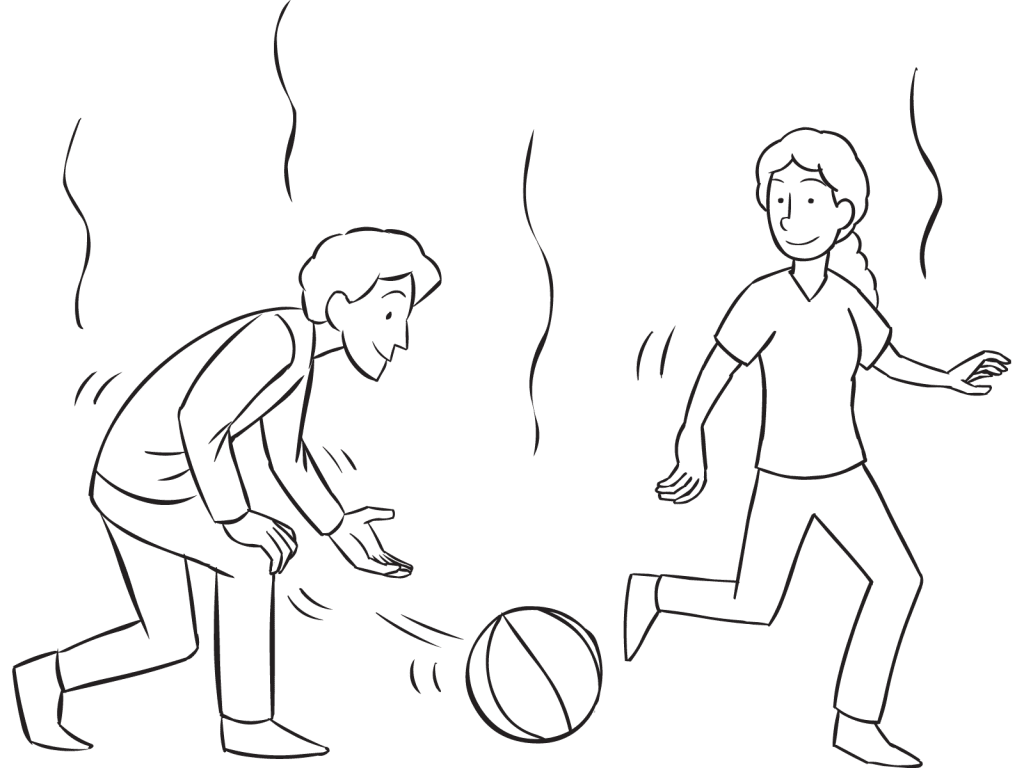Save to Playlist
Step-by-Step Instructions
Resources Premium
How To Play Narrative Premium
Practical Leadership Tips Premium
Social-Emotional Learning Premium
Health & Wellness Programming Premium
Popular Variations Premium
You Might Also Like... Premium
Useful Framing Ideas Premium
Reflection Tips & Strategies Premium
Source Premium

No Props No Problem
Brand NEW book featuring 150+ outrageously fun group games & activities. Scan QR codes to connect to tons of digital content including video tutorials.
Add to Cart
NEW – No Props No Problem
The best-selling book featuring 150+ outrageously fun group games & activities. Scan QR codes to access exclusive digital content including video tutorials.

Free Ice-Breakers & Group Games
Ten of the best no-prop, interactive ‘get-to-know-you’ games & activities. 100% fun, your group will love ’em. Our most successful giveaway, 10,000+ downloads so far…
Top Ten Icebreakers & Group Games
Download our free 28-page ebook jam-packed with outrageously fun activity ideas.
Just one more question:
I am interested in…
Choose a plan that’s right for you
We offer a range of membership plans with no surprises.
Click an option below & discover our simple pricing.

Individual
Click here if you’re a:
- Teacher
- Corporate trainer
- Outdoor educator
- Camp leader
- Youth leader
- Conference organiser
- Therapist/counsellor
Membership Plans

Enterprise
Click here if you represent a:
- School
- Corporation
- Community-based Organisation
Explore plans for
10, 50, 200 or more
potential users
Membership Plans






FANTASTIC game where there is tons of movement! Highly suggest this game, especially if you are creative with the boundaries:
– the walls can be tables, mats, cones with flagging tape on them, caution tape, etc!
– you can play without the walls too! Younger students love a large space
– you can use multiple Ga-Ga balls at the same time! Soft yarn balls are awesome, put in about 6-10 and your students will be sweating!
Gaga is such a great game. Many camps have specifically built structures just for this game and it is worth it weight in gold. Even schools groups who come to visit or stay at camp ask for the design plans for permanent Gaga structures, so they can build it back at school.
Once the kids know the rules, they self manage really well and most of the time you know where they are. Always good to have an adult keeping an eye out on the activity and even better Gaga on camp is such a great physical activity and engaging activity that they forget about devices and screens.